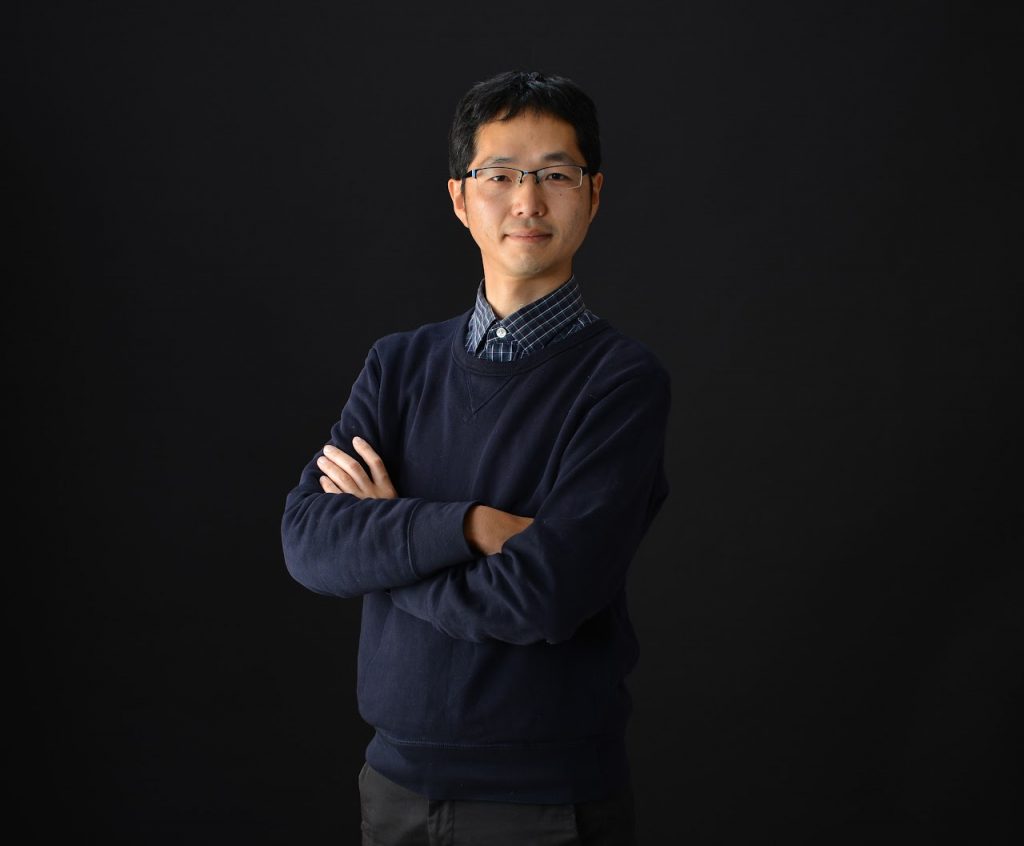
Q What is your research theme?
Our research involves creating semiconductor devices that can operate in extreme environments. Our work ranges from crystal growth to device fabrication and evaluation of physical properties.
Q What is your research and what attracts you to it?
Among semiconductors, we mainly work with materials that most closely resemble the properties of insulators (ultra-wide gap (UWB) semiconductors); UWB semiconductors are resistant to breakage under high voltage, operate at high temperatures, and are radiation resistant. Specifically, we are working with the materials aluminum gallium oxide ((AlGa)2O3) and aluminum nitride (AlN), both of which were the first transistors in the world and are still leading the world.
What is the future beyond this research and what dreams do you have?
I would like to introduce not only UWB semiconductors but also innovative products that have never been seen before. I would like to create a device that can withstand practical use, and use the results as the basis for industry-academia collaboration and entrepreneurship.
Q What is the appeal point of the Applied Science and Engineering / Electronics and Physical Engineering subprogram?
The environment in which we can easily collaborate with numerous research institutes located in the same Tsukuba City, handle state-of-the-art research facilities, and conduct experiments together with top researchers in various fields is extremely valuable. Our laboratory also interacts with researchers from NIMS, KEK, AIST, and RIKEN, while making the most of shared facilities at NIMS, AIST, and the University of Tsukuba to create cutting-edge devices, together with researchers from NIMS and JAXA. In addition, Sub-P has a cooperative graduate school with research institutes such as NIMS and AIST, and this system is rare not only in Japan but also in the world.
Q What is your message to students?
Originality is very important in research. Since originality can only be found in so many people, our laboratory places the utmost importance on the initiative of our students. Why don’t you follow your curiosity and create innovative devices never seen before with your own ideas?
Q What are your passions outside of research?
When he was a student, it was skiing, when he was a researcher, it was camping, and when he became a teacher, it was raising children. You might see Okumura running around in a neighborhood park (who wouldn’t?). He is a very good friend of mine and I am very happy to see him.
Q Finally, what do you keep in mind in your daily life?
Time and physical condition. There is only so much time for research, education, and family that I can do in the remaining 20 years or so, so I struggle daily to find ways to secure as much energetic time as possible.

